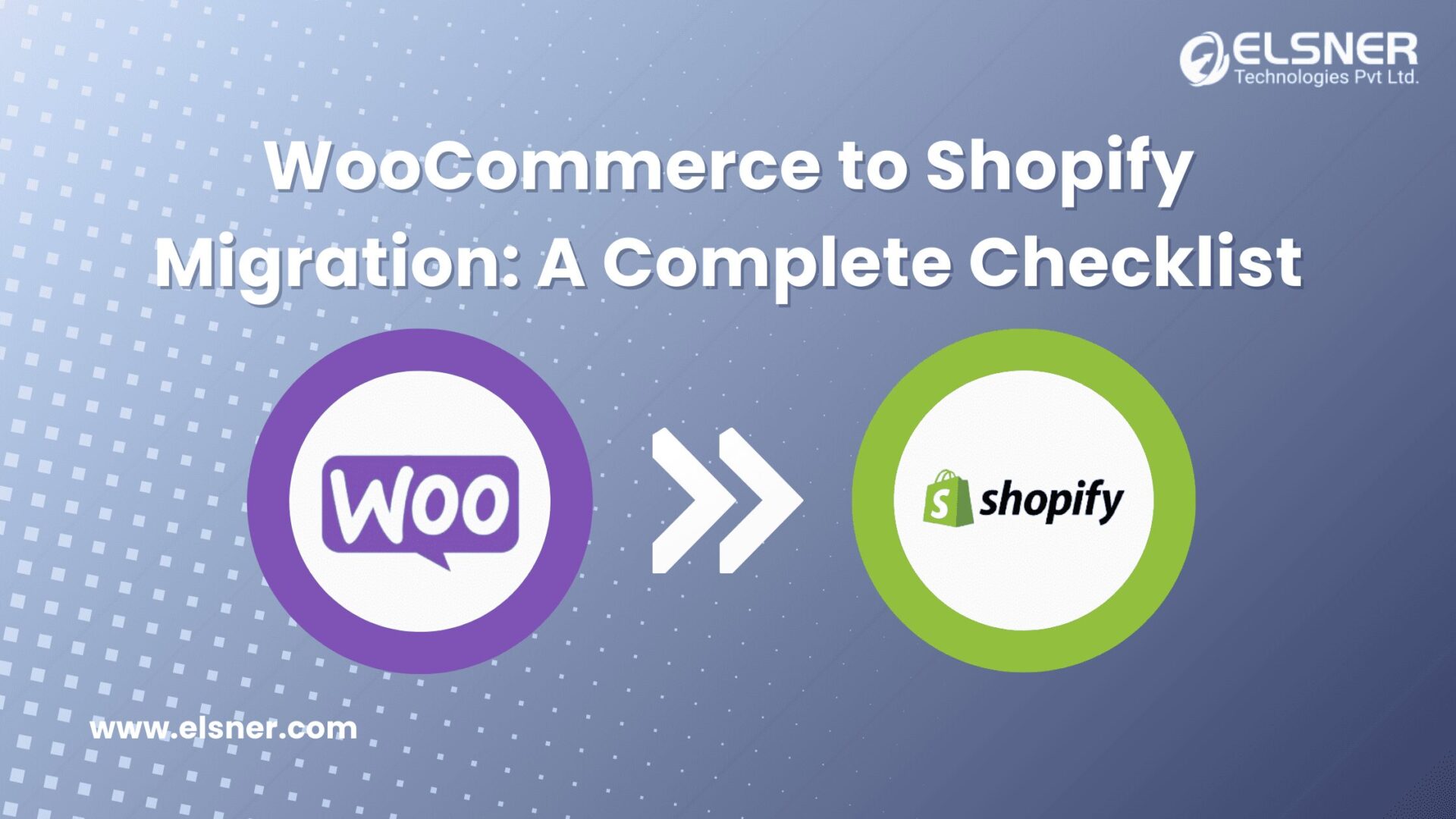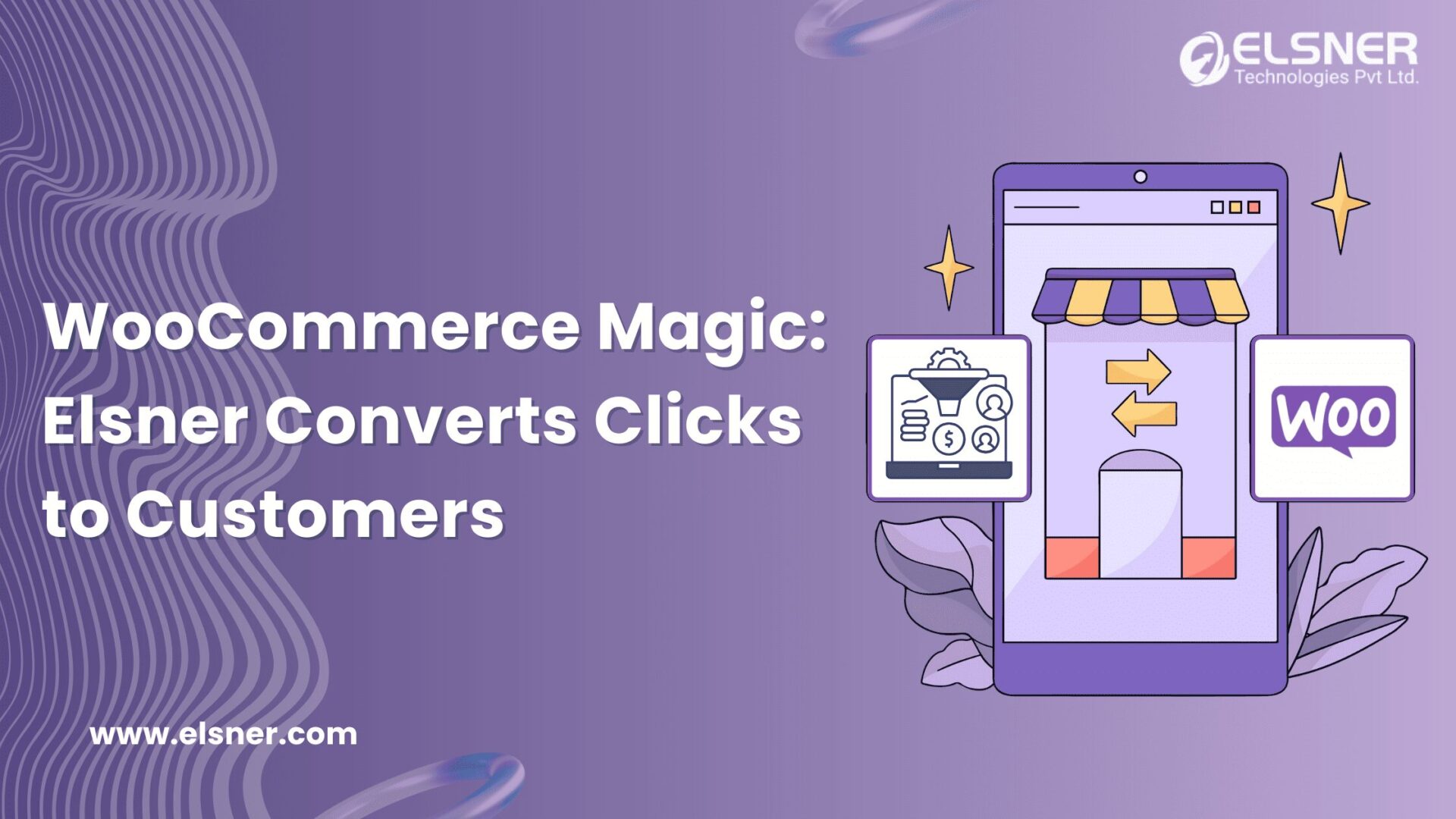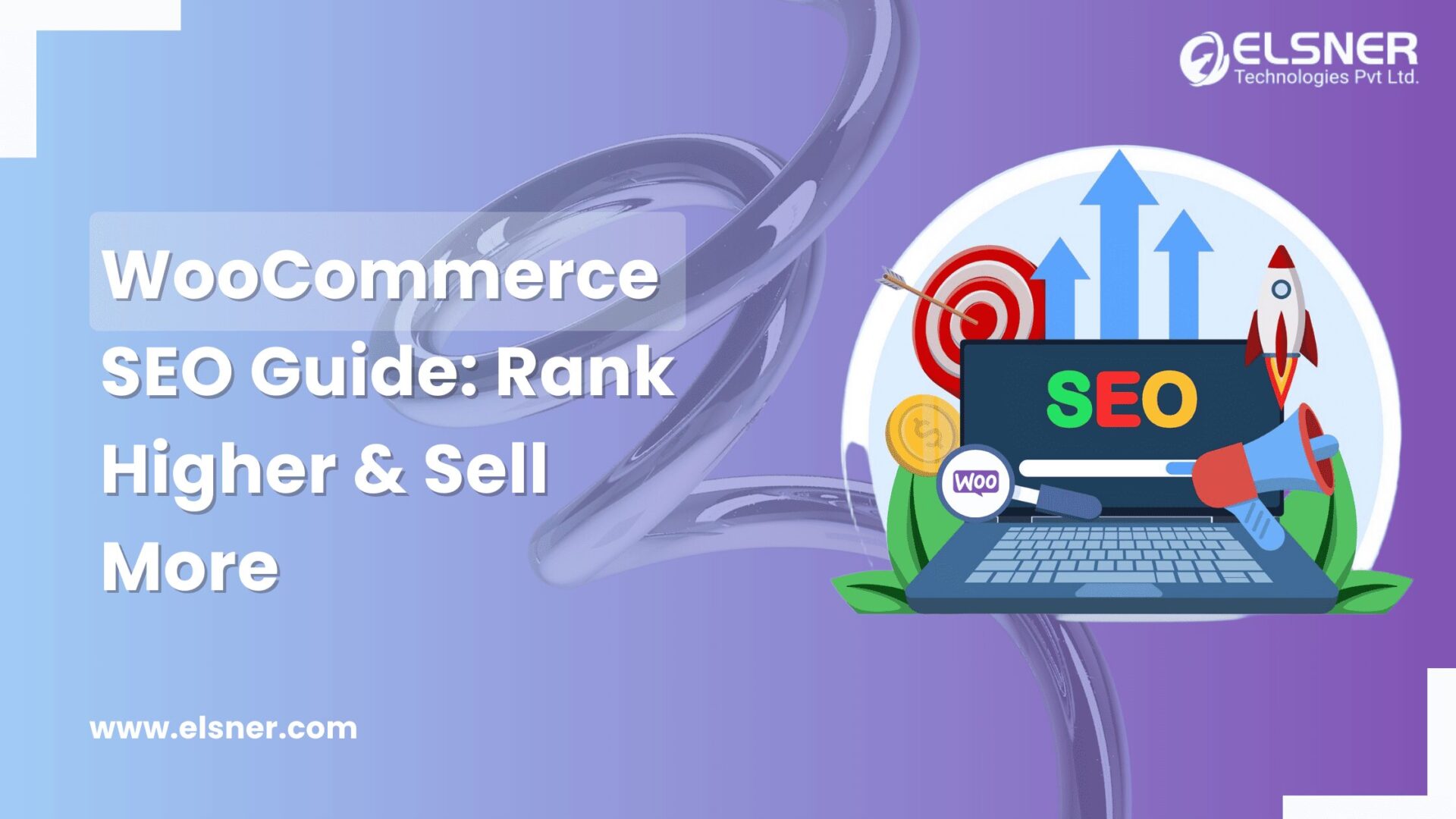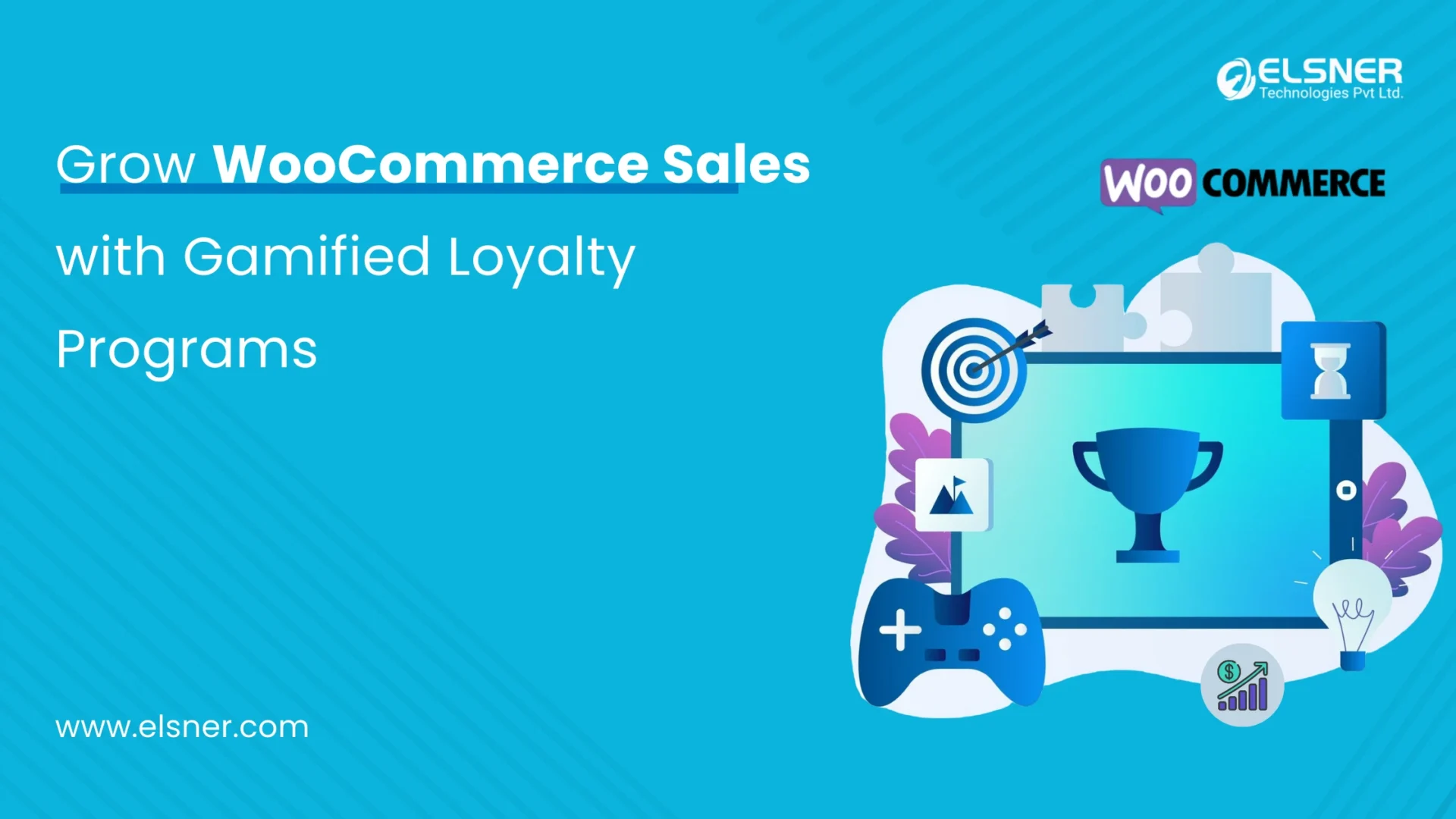- Why Migrate from WooCommerce to Shopify?
- Key Benefits of Shopify Over WooCommerce
- Cost, Scalability, and Ease of Use Comparison
- Pre-Migration Checklist: Preparing for the Move
- Still on WooCommerce? Optimize Before You Migrate to Shopify
- WooCommerce to Shopify Migration Steps:
- Step 1: Set Up Your Shopify Store
- Step 2: Export Data from WooCommerce
- Step 3: Import Data into Shopify
- Step 4: Verify Data Accuracy
- Step 5: Set Up Shopify Themes & Design Customization
- Post-Migration Checklist: Optimizing Your Shopify Store
- SEO Considerations for a Smooth Migration
- Common Migration Challenges & How to Overcome Them
- Common Challenges & Solutions
- Interesting Stats on WooCommerce to Shopify Migration
- Migration Flowchart
- Need a unique and powerful Shopify store?
- Final Testing & Launch
- WooCommerce SEO Checklist for a Flawless Launch
- Avoiding Launch-Day Nightmares
- Flowchart: Final Testing Process for WooCommerce SEO Best Practices
- Need Expert Help?
- Wrapping Up
- FAQs
- 1. How long does the WooCommerce to Shopify migration take?
- 2. Will my SEO rankings be affected after migration?
- 3. Do I need to delete my WooCommerce store after migration?
- 4. Can I migrate WooCommerce plugins to Shopify?
- 5. Do I need a Shopify development company for migration?
Thinking of WooCommerce to Shopify migration? Welcome to the club! If your WooCommerce store has been acting like a grumpy old man—slow, stubborn, and full of unexpected tantrums—then it is time for a change. And guess what? You are not alone!
Did you know?
- Over 4.5 million websites are now running on Shopify in 2025.
- 53% of online shoppers abandon sites that take more than 3 seconds to load. (Ouch!)
- Shopify’s streamlined features make it the go-to platform for Ecommerce businesses, ditching the WooCommerce drama.
This WooCommerce to Shopify migration guide, brought to you by our expert WooCommerce Development Services, is your survival kit—no boring tech talk, just clear WooCommerce migration steps to help you migrate WooCommerce to Shopify without pulling your hair out. Ready? Let’s do this!
Why Migrate from WooCommerce to Shopify?
Before you pack your virtual bags, let’s break down why Shopify is the Beyoncé of Ecommerce platforms while WooCommerce feels more like an overcomplicated DIY project.
Key Benefits of Shopify Over WooCommerce
- Ease of Use – Shopify is fully hosted, meaning no late-night plugin updates or mysterious site crashes.
- Faster Loading Speed – WooCommerce speed optimization takes effort, while Shopify runs smoothly like butter.
- Better Scalability – Growing your business? Shopify scales without turning into a coding nightmare.
- Security & Maintenance – Shopify handles security updates, while WooCommerce requires constant care and attention (and patience!).
Cost, Scalability, and Ease of Use Comparison
|
Feature |
WooCommerce |
Shopify |
|
Hosting & Maintenance |
Self-hosted, requires management |
Fully hosted, no maintenance |
|
Speed Optimization |
Needs WooCommerce speed optimization |
Fast & optimized out-of-the-box |
|
Plugins & Extensions |
Thousands of plugins, some paid |
Built-in features & App Store |
|
Scalability |
Requires advanced setup | Scales easily with business growth |
|
Support |
Community-based, limited support |
24/7 dedicated support |
If managing WooCommerce feels like babysitting a high-maintenance pet, Shopify is the chill, self-sufficient one that just works.
Pre-Migration Checklist: Preparing for the Move
To avoid last-minute panic, let’s get your ducks in a row before the WooCommerce to Shopify migration.
- Analyze Your WooCommerce Store – Make a list of all products, orders, customers, and URLs. Do not leave behind your best-selling items. A well-planned WooCommerce to Shopify transfer prevents future headaches.
- Backup Store Data – Like you would save your vacation photos, back up everything before you migrate WooCommerce to Shopify. Losing data is like misplacing your wallet—frustrating and avoidable.
- Choose the Right Shopify Plan – Shopify offers multiple pricing options, so pick one that fits your budget (and does not make your accountant cry). A WooCommerce to Shopify guide can help you decide.
- Set Up a Staging Environment – Preview how your data will look before going live. No one likes surprises—especially in business. Testing ensures your WooCommerce migration steps go smoothly.
This way, you will ensure a smooth WooCommerce to Shopify transfer without unnecessary stress. Implementing effective WooCommerce Development Strategies can streamline the process. A Shopify development company or a WooCommerce development company offering WooCommerce development services can assist in setting up a flawless transition.
Still on WooCommerce? Optimize Before You Migrate to Shopify
Improve speed, security, and user experience with our WooCommerce Development services.
WooCommerce to Shopify Migration Steps:
Step 1: Set Up Your Shopify Store
- Sign up on Shopify and configure basic settings. Do not rush this step. A well-set foundation prevents future headaches.
- Choose a Shopify website design that aligns with your brand. Avoid outdated themes that scream early 2000s. A fresh design boosts WooCommerce speed optimization and enhances customer experience.
Step 2: Export Data from WooCommerce
- Use WooCommerce plugin customization tools to export products, customers, and orders. Think of this as packing for a big move—you do not want to leave anything behind.
- Double-check that no data is missing. Missing orders or customer details can create chaos. A WooCommerce to Shopify migration is only smooth if all your essential data comes along.
Step 3: Import Data into Shopify
- Use Shopify’s built-in tools or let a Shopify development company do the heavy lifting to migrate WooCommerce to Shopify. Technology can be unpredictable, and professional WooCommerce development services can save you from unexpected glitches.
- Upload your exported WooCommerce data carefully. A small mistake can turn your WooCommerce to Shopify transfer into a nightmare. Test everything before moving forward.
Step 4: Verify Data Accuracy
- Check if all products, images, and customer details are transferred correctly. A missing product image is like a menu without food descriptions—it confuses customers.
- Fix missing data before moving ahead. The WooCommerce migration steps are not complete unless everything is in place. A WooCommerce SEO checklist can help ensure a seamless transition.
Step 5: Set Up Shopify Themes & Design Customization
- Customize your new store’s look and feel. A great design is not just about aesthetics; it helps with WooCommerce website development and improves conversions.
- Optimize Shopify website development for a better user experience. A slow store sends customers running. WooCommerce speed optimization ensures your new Shopify store is fast, user-friendly, and ranks well on search engines.
With these WooCommerce migration steps, your store will be ready for success! When considering WooCommerce VS Shopify, making the right choice is crucial for your business. If you need extra help, hire Shopify developers or consult a Shopify eCommerce development services provider to get the job done right.
Post-Migration Checklist: Optimizing Your Shopify Store
- Ensure All Data is Correct – Products, categories, and images should be exactly where they belong. A misplaced product is like socks in the fridge—confusing and unnecessary.
- Set Up Payment Gateways & Shipping – Nobody likes a checkout process that feels like a treasure hunt. A smooth process ensures customers do not run away before paying.
- Test Checkout Process – Place test orders to make sure customers do not abandon their carts out of frustration. A clunky checkout is the fastest way to lose sales.
- Install Essential Shopify Apps – Leverage Shopify development services to boost functionality. The right tools can turn your store into a conversion machine.
Your Shopify store is almost ready to shine!
SEO Considerations for a Smooth Migration
SEO is like your store’s GPS—mess it up, and customers will get lost. Follow these steps to keep your rankings intact:
- Redirect Old WooCommerce URLs – Set up 301 redirects so customers do not end up in a black hole. A proper WooCommerce to Shopify transfer ensures your links remain active.
- Retain Metadata & Optimize Pages – Copy over meta titles, descriptions, and product tags. WooCommerce to Shopify migration is smoother when your pages are properly optimized.
- Submit Updated Sitemap to Google – Tell Google where your new store lives for faster indexing. WooCommerce migration steps include making sure your store gets found quickly.
By following these WooCommerce SEO best practices for migrating WooCommerce to Shopify, your organic traffic will not take a nosedive. A Shopify Ecommerce development services provider or a professional SEO company can ensure everything stays on track.
Common Migration Challenges & How to Overcome Them
Even with the best WooCommerce migration steps, things can go sideways. Here is how to handle common problems:
Common Challenges & Solutions
|
Challenge |
Solution |
|
Data Loss Issues |
Always double-check backups. Losing customer data is like misplacing your wallet—stressful and completely avoidable. |
|
Feature Differences Between WooCommerce & Shopify |
WooCommerce lets you do anything, but Shopify plays by its own rules. If you miss certain features, Shopify development services can help bridge the gap. |
|
Design Inconsistencies |
Shopify themes work differently. Your WooCommerce website design will not copy over perfectly. A little WooCommerce website development magic will fix that. |
|
WooCommerce Plugin Customization |
WooCommerce plugins do not transfer to Shopify. You will need Shopify apps to replace missing functionalities. |
|
WooCommerce Speed Optimization |
Shopify is already optimized, but migrating large amounts of data can slow things down. Cleaning up unnecessary files before migration can help. |
Interesting Stats on WooCommerce to Shopify Migration
- Over 40% of WooCommerce store owners consider migrating to Shopify for better scalability.
- Shopify stores experience 99.98% uptime, ensuring a more stable shopping experience.
- Businesses see a 15-30% increase in sales post-migration due to Shopify’s optimized checkout process.
Migration Flowchart
Start Migration → Backup WooCommerce Data → Choose Shopify Plan → Import Products & Customers → Configure Shopify Theme → Test & Optimize → Launch Shopify Store
With the right approach, these hiccups will be small bumps, not roadblocks. Your WooCommerce to Shopify transfer will be smoother than you think!
Need a unique and powerful Shopify store?
We specialize in Shopify custom development to bring your vision to Business
Final Testing & Launch
Before your WooCommerce SEO optimization efforts start paying off, it is time to ensure everything is running smoothly. Think of it like a dress rehearsal before the big show. Along with performance checks, following essential WooCommerce Security Tips can help protect your store from potential threats. Here is what to do:
WooCommerce SEO Checklist for a Flawless Launch
|
Task |
Why It Matters |
|
Run a Full Store Audit |
Spot broken links, slow pages, and missing metadata before Google does. |
|
Place Test Orders |
Ensure customers can actually buy without running into checkout issues. |
|
Monitor Store Performance |
Use analytics to track visitor behavior and fix problem areas. |
Avoiding Launch-Day Nightmares
- Run a Full Store Audit – Test every link, image, and button. SEO for WooCommerce store success depends on a glitch-free experience. A missing checkout button is like a restaurant with no menu—confusing and frustrating.
- Place Test Orders – A checkout issue discovered post-launch is like forgetting your wallet at the grocery store. You do not want customers to abandon their carts in frustration.
- Monitor Store Performance – Use analytics tools to track traffic, conversions, and bounce rates. WooCommerce SEO tips include optimizing page speed and fixing slow-loading product pages. Speed impacts sales.
Flowchart: Final Testing Process for WooCommerce SEO Best Practices
Start
⬇️
Perform WooCommerce SEO Checklist
⬇️
Run Technical Audit (Speed, Mobile-Friendliness, Metadata)
⬇️
Test Checkout Process & Payment Gateways
⬇️
Fix Any Errors & Optimize WooCommerce SEO Best Practices
⬇️
Launch the Store & Monitor Performance with SEO Management Services
⬇️
End
Need Expert Help?
If testing and optimization feel overwhelming, consider hiring a WooCommerce SEO agency or a WooCommerce SEO company. Professional SEO services ensure your store ranks higher and runs smoothly. Looking for inspiration? Explore WooCommerce Success Stories to see how businesses have grown with the right strategies. A professional SEO company can also provide tailored SEO management services to keep your store ahead of the competition.
By following this WooCommerce SEO guide or WooCommerce to Shopify guide, your store will be ready for a high-ranking, high-performing launch!
Wrapping Up
You did it! Your WooCommerce to Shopify migration is complete. No more plugin nightmares or WooCommerce speed optimization struggles. Just smooth sailing with a high-performing Shopify store.
What is next? Follow this WooCommerce to Shopify guide to fine-tune your store. Use Shopify development services to enhance functionality. If custom features are needed, WooCommerce plugin customization can help. Want to scale? A Shopify development company has the expertise.
If tech is not your thing, hire Shopify Developers to handle the details while you focus on growth. Your WooCommerce to Shopify transfer is done—now, let the experts fine-tune your store and take your business to the next level!
FAQs
1. How long does the WooCommerce to Shopify migration take?
That depends! If your store is tiny, it is a coffee-break task. If it is huge, block out a couple of days and cancel weekend plans.
2. Will my SEO rankings be affected after migration?
Not if you do it right! Set up 301 redirects properly, and Google will not even flinch. Mess it up, and well… enjoy your game of SEO hide-and-seek.
3. Do I need to delete my WooCommerce store after migration?
Hold your horses! Keep it live until you are sure every last bit of data has safely landed in Shopify. Then, and only then, hit delete.
4. Can I migrate WooCommerce plugins to Shopify?
Nope! Shopify does not speak WooCommerce plugin language. But do not worry—Shopify has plenty of apps to do the job.
5. Do I need a Shopify development company for migration?
If your store is simple, you can manage. If it is a digital beast with custom features, hiring Shopify developers will save you time and frustration.
And that is a wrap! Time to enjoy your shiny new Shopify store and make the most of Shopify Ecommerce development services. Whether you need WooCommerce development services, WooCommerce website design, or WooCommerce website development, make sure every detail is optimized. The WooCommerce migration steps might be over, but now it is time to focus on growth!

About Author
Pankaj Sakariya - Delivery Manager
Pankaj is a results-driven professional with a track record of successfully managing high-impact projects. His ability to balance client expectations with operational excellence makes him an invaluable asset. Pankaj is committed to ensuring smooth delivery and exceeding client expectations, with a strong focus on quality and team collaboration.




